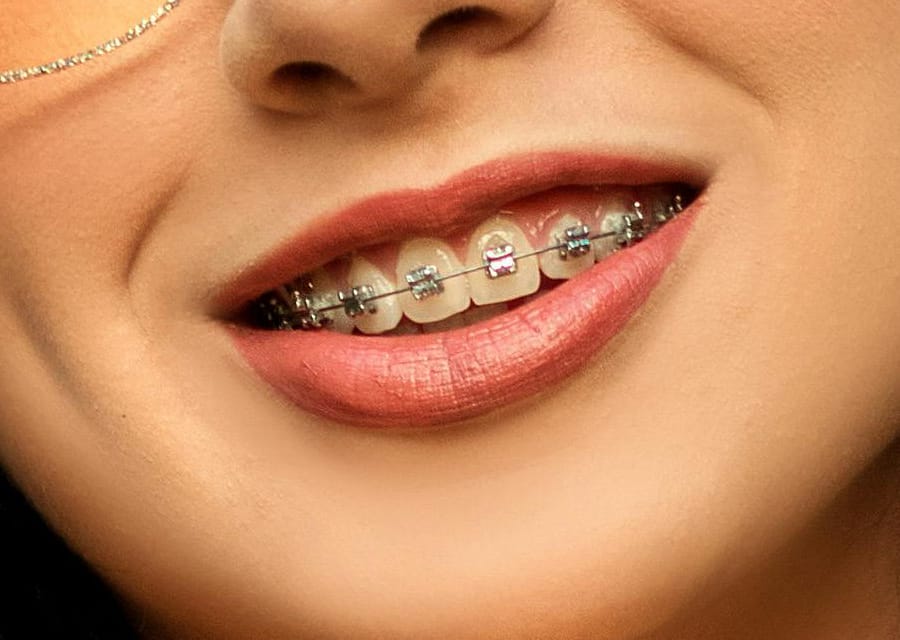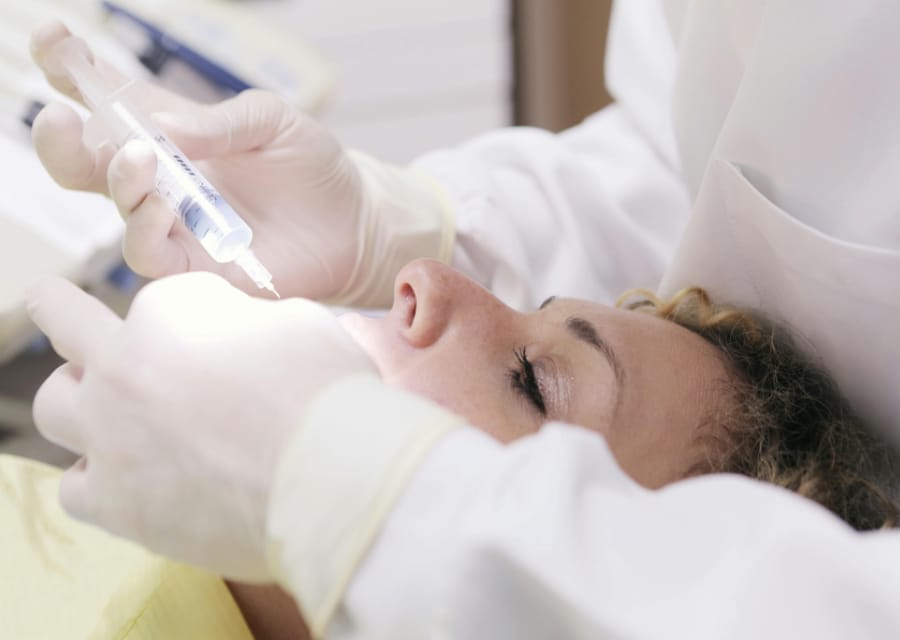
Cosmetic dentistry isn’t just about creating beautiful smiles anymore—it’s now expanding to include other aspects of facial aesthetics. One surprising area where dental surgeons are making an impact is in the field of hair implants. While hair restoration is typically associated with dermatologists or plastic surgeons, dental professionals are leveraging their expertise in facial anatomy and cosmetic techniques to help patients achieve better cosmetic results.
But how exactly are dental surgeons getting involved in hair implants? Let’s explore this innovative approach and see how dental surgeons are enhancing both their patients’ smiles and overall appearance through hair restoration techniques.
The Connection Between Facial Aesthetics and Dentistry
The face is a complex structure where every feature is interconnected. For a dental surgeon, understanding the anatomy of the face is a crucial part of their training. This includes knowledge of the skin, muscles, nerves and the underlying bone structure. When it comes to enhancing facial aesthetics, dental surgeons have a deep understanding of how all these components work together to create balance and symmetry.
Hair loss, especially around the hairline, can have a significant impact on facial aesthetics, just like a smile or the shape of the jaw. A receding hairline or thinning hair can make someone look older, which in turn can affect their overall appearance. Dental surgeons, with their understanding of facial proportions, are well-equipped to assess how a person’s hair loss affects their facial features and can play an important role in restoring both hair and facial symmetry.
How Dental Surgeons Are Involved in Hair Implant Procedures
While dental surgeons are not directly performing the hair implantation themselves (which is still carried out by specialized dermatologists or hair restoration surgeons), their role is becoming more important in the overall cosmetic approach. Here’s how they are enhancing the procedure:
a. Strategic Placement of Hair Implants
Dental surgeons have an advanced understanding of facial anatomy, which includes the muscles, skin and bone structure that shape the face. This knowledge is crucial when it comes to determining the best placement for hair implants. The hairline, temple area and crown are all part of the overall facial framework. By working closely with hair restoration specialists, dental surgeons can help decide where to place hair follicles to create the most natural and aesthetically pleasing results.
b. Using Facial Aesthetic Techniques to Improve Outcomes
Some dental surgeons are trained in maxillofacial procedures, which means they have expertise in treating the upper jaw, face and neck. This expertise translates into a more refined understanding of facial features, which is helpful when working with hair implants. Dental surgeons are skilled at enhancing features like the chin, cheeks and jawline. When combined with hair restoration techniques, they can help achieve a more harmonious overall look. For example, the restoration of hair in certain areas can enhance the contour of the face, improving both the hairline and the facial features for a more balanced aesthetic.
c. Addressing Graft Issues and Scarring
Dental surgeons are highly trained in minimizing scarring, especially in highly visible areas such as the face. This skill is crucial when it comes to hair implants, as patients often worry about visible scarring in the donor and implant areas. Dental surgeons use advanced techniques to ensure that hair grafts are placed discreetly and that incisions are as small and inconspicuous as possible. Their knowledge of how to minimize tissue damage and optimize healing can lead to better cosmetic results and a more seamless integration of hair implants with the natural hairline.
Advanced Techniques: FUE and FUT Hair Restoration
There are two primary methods of hair implantation: Follicular Unit Extraction (FUE) and Follicular Unit Transplantation (FUT). Both methods involve transplanting hair follicles from one area of the scalp to another, but they differ in how the follicles are extracted and implanted.
a. Follicular Unit Extraction (FUE)
FUE is a minimally invasive technique where individual hair follicles are extracted from the donor area (typically the back of the head) and implanted into the thinning or balding areas. Because there are no large incisions, the recovery time is shorter and scarring is minimal. This method is often used by dental surgeons in collaboration with hair transplant specialists, as it requires precision in placing each follicle to achieve a natural hairline.
b. Follicular Unit Transplantation (FUT)
FUT, on the other hand, involves removing a strip of scalp from the donor area, which is then divided into individual hair follicles for implantation. This technique is typically more invasive than FUE, but it may be a better option for patients who need a larger number of hair follicles to be transplanted. Dental surgeons with advanced surgical training can assist in ensuring the donor area is carefully handled to minimize scarring and optimize the aesthetic result.
The Benefits of Combining Dental Expertise with Hair Restoration
Dental surgeons bring a unique set of skills that can greatly benefit those seeking hair restoration. Here are some of the key advantages of this collaboration:
a. Aesthetic Precision
Dental surgeons are already experts in precision procedures that require a keen eye for symmetry, balance and detail. This translates directly into hair restoration, where small adjustments to the hairline or follicular placement can make a huge difference in achieving a natural, youthful look.
b. Comprehensive Facial Care
Many patients who seek dental procedures also have concerns about other aspects of their facial appearance, such as hair loss. By combining both dental care and hair restoration services, patients can receive a more holistic approach to facial aesthetics. A dental surgeon’s ability to evaluate both the smile and the overall look of the face helps create a more harmonious result.
c. Minimizing Downtime and Scarring
Dental surgeons are skilled in techniques that promote faster recovery times and minimal scarring. This expertise can be invaluable in the delicate areas around the hairline, ensuring that patients recover quickly and with little visible scarring.
Conclusion
While hair restoration may not traditionally fall under the domain of dental surgeons, their role in enhancing cosmetic results with hair implant techniques is growing. By using their deep knowledge of facial anatomy, surgical skills and aesthetic principles, dental surgeons are helping to improve the results of hair implants. For patients, this means a more natural look, less scarring and an overall more balanced appearance.
As cosmetic dentistry continues to evolve, it’s exciting to see how dental surgeons are expanding their expertise to offer more comprehensive treatments that address the full range of facial aesthetics, from smiles to hairlines.
If you’re considering hair implants, working with a dental surgeon who understands both facial aesthetics and surgical precision could be the key to achieving the best results.
To schedule an appointment at ‘Sukumar Dental Clinic’ call +91-7418210108 or WhatsApp Dr. Sukumar at +91-9655225002. We take pride in having the top dental clinic in Palayamkottai, Tirunelveli. Alternatively, you can email us at info@sukumardental.com


